Way More Fish Can Make Their Own Light Than We Thought
Bioluminescence evolved a whopping 27 separate times among finned fishes living in the open ocean
/https://tf-cmsv2-smithsonianmag-media.s3.amazonaws.com/filer/ba/07/ba07cee2-b4d3-4ee8-a983-14fbb5f07a2b/11_tarletonbeania_crenularis4.jpg)
Most land dwellers are familiar with bioluminescence only in the context of fireflies. But this natural phenomenon is much more widespread than those winged wonders let on. The vast majority of bioluminescent creatures on the planet are actually found in the ocean, ranging from bacteria to jellyfish to sharks.
But while scientists knew that many fishes are bioluminescent, they could only guess at just how common light production is among those animals. Now, new research reveals surprising results: up to 80 percent of ray-finned fishes living in the open water—from deep-sea-dwelling anglerfish to coral-reef-residing flashlight fish—make their own light. What’s more, the phenomenon has evolved independently in that group 27 times. As the researchers report in PLOS ONE, this unexpectedly high prevalence implies that, for fishes, producing their own light is more than just a neat trick—it must also come with significant advantages.
“The fact that bioluminescence evolved so many times indicates that it serves some strong biological importance,” says Matthew Davis, a biologist at St. Cloud State University in Minnesota who led the study. “We also think that repeated evolution of bioluminescence was critical to species diversification [in] deep-sea and midwater environments.”
For a fish, the actual act of lighting up depends on either a DIY mix of chemicals whose end result is photons, or else by teaming up with helpful bacteria that take care of lighting in exchange for shelter. Fishes rely on bioluminescence for a number of important tasks, from finding prey to avoiding becoming prey, and seeking out mates to communicating through specific flashing patterns, like fireflies. “That’s exciting because if you have changes in communication with light, then you have the potential for genetic isolations,” Davis says.
The variety of ways that bioluminescence manifests include special eye organs that help little guys spot predators, barbells whose bright end points act as lures, and counter-illumination—or using bioluminescence to hide a dark silhouette against down-flowing light. And some evolutionarily out-of-the-box species even shoot out bioluminescent goo to distract predators.
While previous surveys identified bioluminescent groups of fishes, no one ever examined the phenomenon in the context of evolutionary history of all of them. Davis and his colleagues analyzed one mitochondrial and ten nuclear gene fragments, acquired through past studies and open databases, for 301 taxonomic groups of ray-finned fishes, a group that includes almost all the world's fishes. They used statistical methods to reconstruct how many times bioluminescence independently evolved. Those methods also estimated how long ago various lineages diverged, and when bioluminescence brightened their evolutionary history.
The results revealed that bioluminescence evolved independently 27 times among 14 major fish groups, dating back 150 million years to the Early Cretaceous. Of those events, 17 of them are the result of symbiosis with light-producing bacteria, although the researchers found that a greater overall number of fish species produce their own light rather than relying on bacteria.
“This is the most comprehensive scientific publication on the distribution of fish bioluminescence ever written, and the authors show that bioluminescence evolved way more times independently than previously thought,” says Prosanta Chakrabarty, curator of fishes at the Louisiana State University Museum of Natural Science, who was not involved in the research. “Now that this paper solves the mystery of how widespread luminescence is in fishes, we can start asking how bioluminescence evolved—which remains one of the greatest questions in natural history—and how each independent evolution was different.”
/https://tf-cmsv2-smithsonianmag-media.s3.amazonaws.com/accounts/headshot/Rachel-Nuwer-240.jpg)
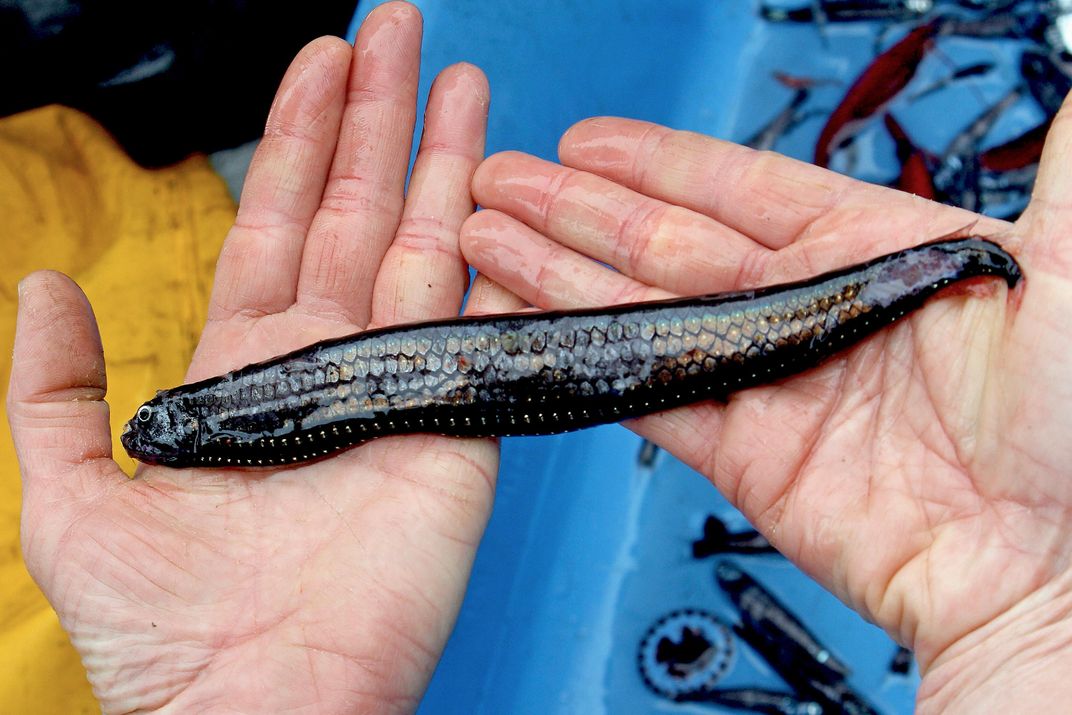
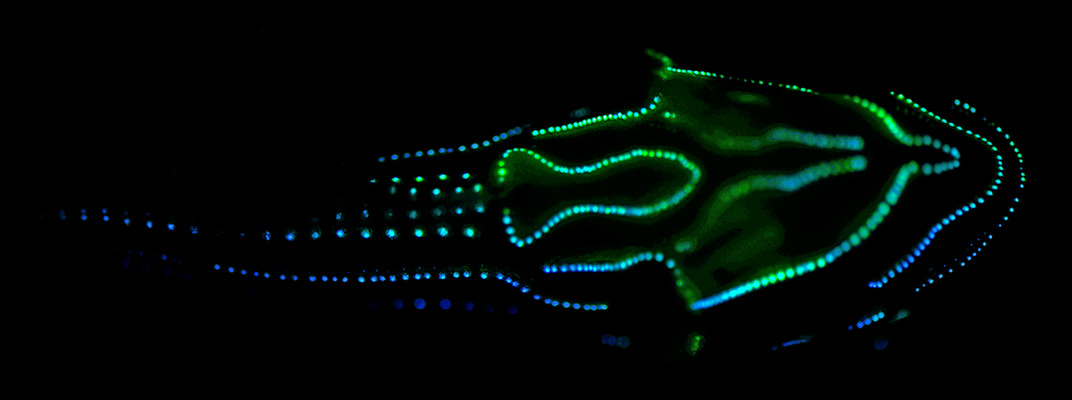
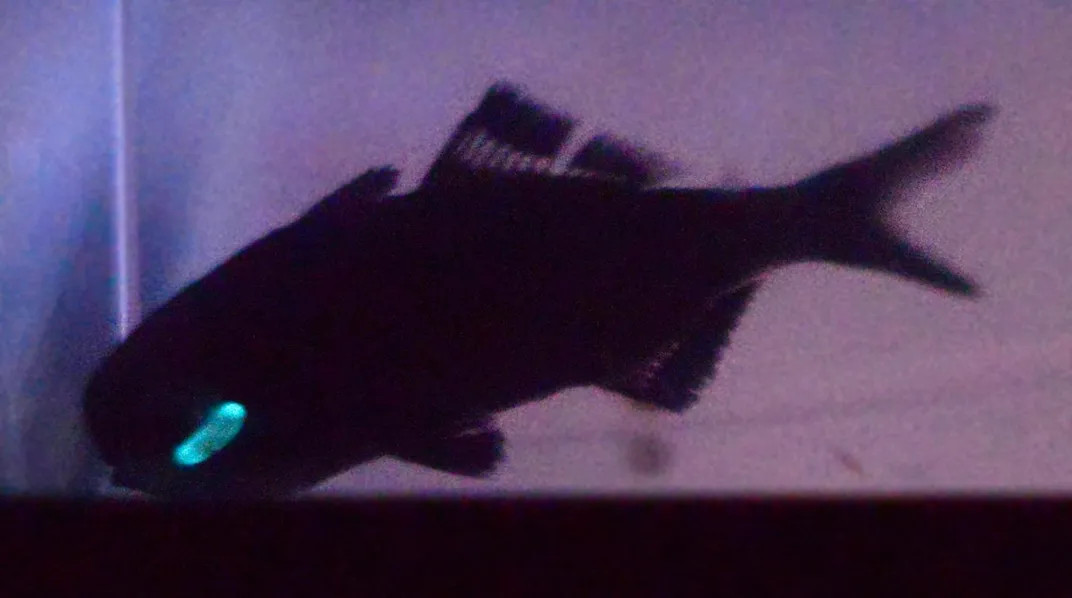
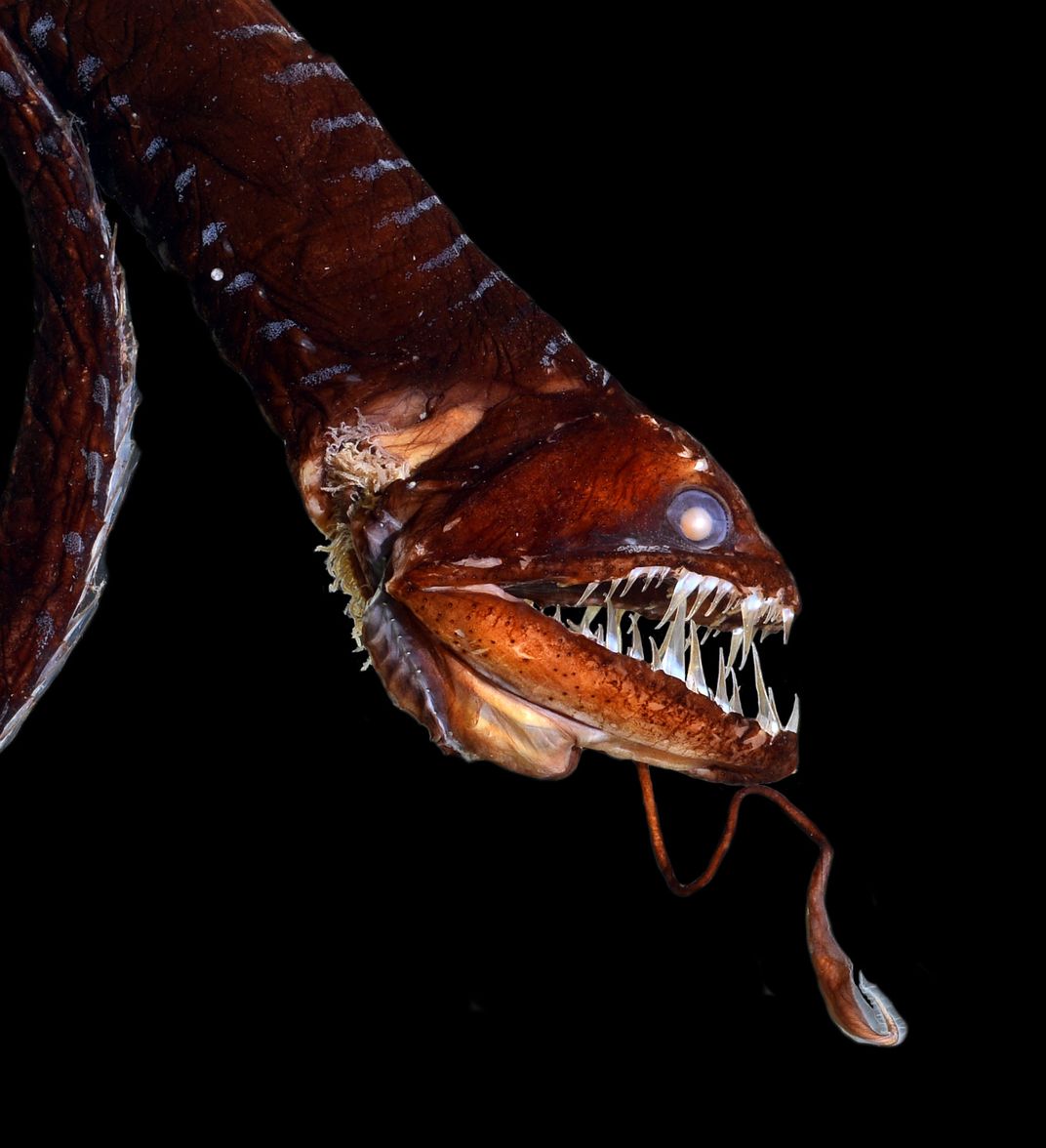
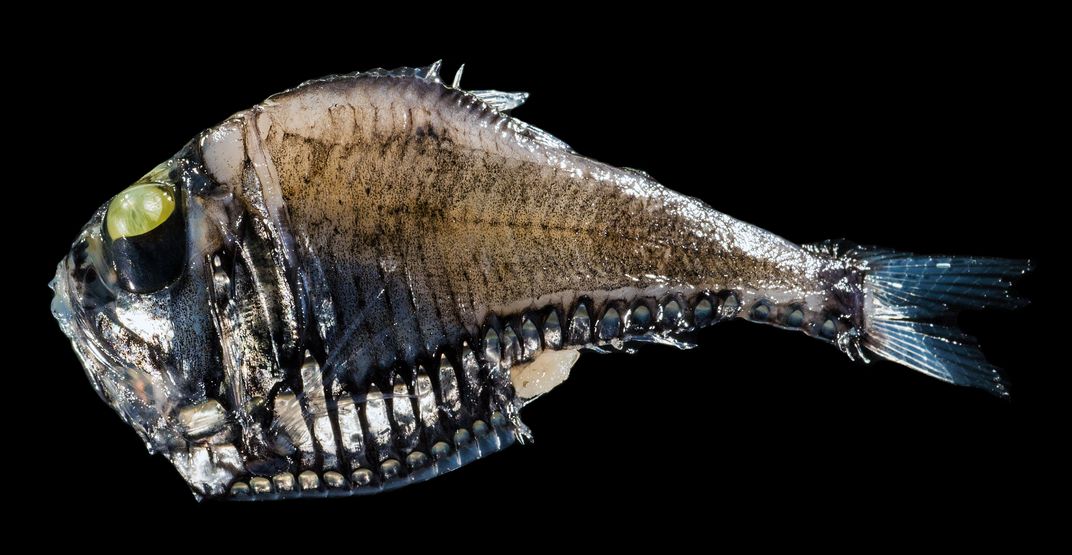
/https://tf-cmsv2-smithsonianmag-media.s3.amazonaws.com/accounts/headshot/Rachel-Nuwer-240.jpg)